How to Prevent 6 Common Running Injuries
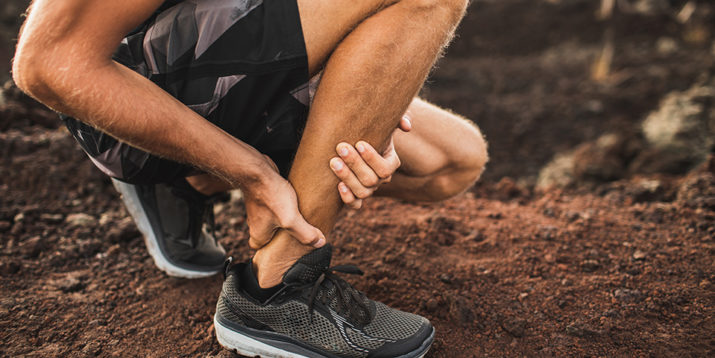
Whether you’re just starting a running routine or you’ve already logged hundreds of miles, it pays to prevent running injuries that can derail future runs.
“Your best bet for [injury] prevention is staying in good shape,” says Justin McCoy, DO, a specialist in sports medicine at SCL Health Medical Group – Rocky Mountain Orthopedics in Grand Junction, CO.
But that doesn’t just mean being able to run fast.
“It means being well-rounded in your athleticism and making sure that your muscles, particularly your core and glutes, are in good shape,” McCoy adds.
So what can you do to prevent running injuries?
Following a progressive running program that incorporates resistance training — like 30 Day Breakaway — is one great way to build fitness and overall strength, which may help you avoid pain and injury.
And when you’re out for a run, keep tabs on any aches or pains.
If you notice symptoms of any of these common running injuries, talk to a physical therapist who can help you get on the road to recovery ASAP.
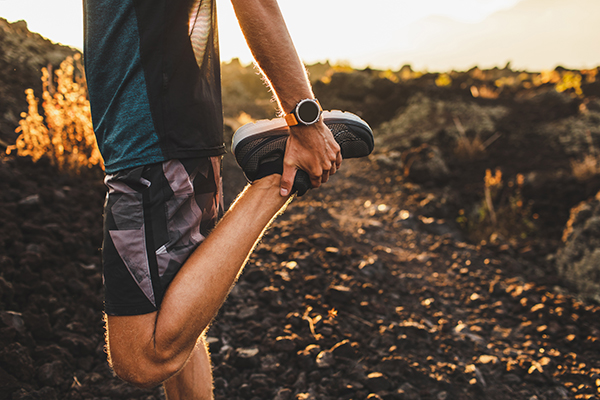
1. Iliotibial (IT) Band Syndrome
This common running injury involves pain and inflammation of the IT band, a long piece of connective tissue that runs along the outside of your leg from the hip to the knee and shinbone (tibia).
As your knee bends and straightens with each stride, the IT band moves back and forth across your thighbone (femur).
Normally, this doesn’t cause any problems, but certain factors — like weak hips, tight ankles, or too much mileage — can create more friction as your IT band glides over your thighbone, says Tom Biggart, PT, DPT, ATC, CSCS, owner of EBM Fitness Solutions in Danvers, MA.
To help reduce your risk of IT band syndrome, Biggart recommends that you keep your glutes and legs strong, and your ankles mobile.
2. Medial Tibial Stress Syndrome (MTSS)
Better known as shin splints, MTSS occurs when you overwork the tibialis anterior. This muscle runs down the front of your shin and helps you control your foot each time your heel strikes the ground.
When you increase your mileage or workout intensity too quickly, you may feel pain on the inside of the shin bone just above the ankle.
Shin splints can cause mild to moderate pain, but symptoms typically disappear after a few days off from running.
However, a more severe form of shin splints may lead to a stress fracture in the tibia — which is “more of a beast to deal with,” Biggart says. “By the time this is diagnosed, the issue has been around for some time.”
To help prevent MTSS, avoid drastic jumps in mileage or intensity.
If you’re new to running, start with a walk-jog program and gradually work your way up to more challenging workouts.
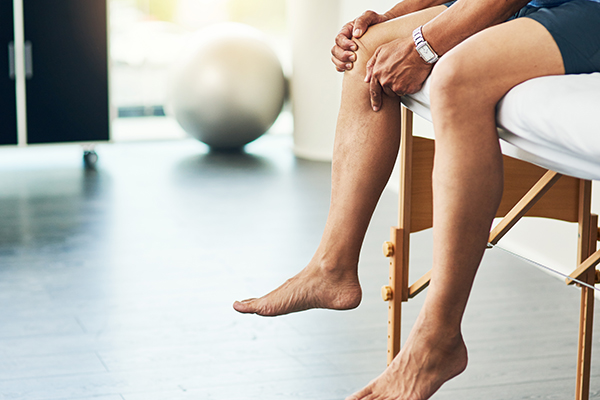
3. Chondromalacia Patella
Sometimes called “runner’s knee,” chondromalacia patella is a softening or wearing away of the cartilage on the underside of your kneecap.
When this happens, you’ll feel pain in the front of your knee when you bend and straighten your legs.
Overuse is a common cause of runner’s knee, so be sure to increase mileage gradually and take note of any knee pain.
Weak hips and glutes may also affect your running form and increase your likelihood of developing chondromalacia patella, Biggart says, so help lessen your risk by strengthening your glutes and legs.
4. Hip Bursitis
Hip bursitis is a common cause of hip pain. It’s caused by inflammation of the bursa, a small fluid-filled sac that covers the bony part of your hip.
“A bursa is a tissue that acts almost like a lubricant, and is typically between a bone and some other soft tissue like a muscle or skin,” McCoy says.
When the bursa is inflamed — usually due to overuse — you may feel sharp and intense pain at the point of the hip, especially after longer periods of walking, stair climbing, squatting, or sitting, according to the American Academy of Orthopaedic Surgeons (AAOS).
To help prevent bursitis, AAOS recommends maintaining strength and flexibility in the hip muscles.
If running is causing you hip pain, take a few days off and see if that provides some relief.
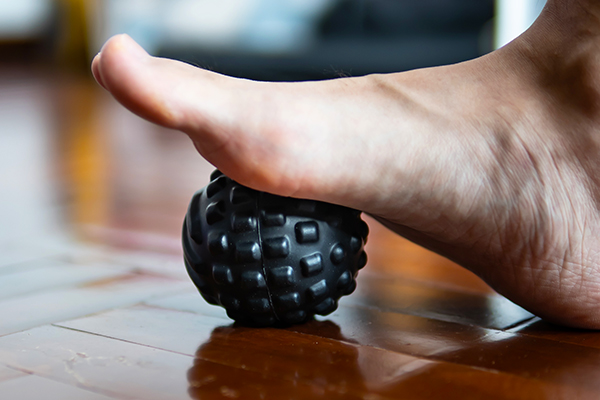
5. Plantar Fasciitis
Plantar fasciitis is inflammation of the plantar fascia, a thick ligament that runs along the bottom of your foot, from your heel bone to your toes.
This common running injury is characterized by intense, stabbing pain at the bottom of your foot. Plantar fasciitis can usually be traced back to tightness in the calf muscles and Achilles tendon.
“When the Achilles is tight, it pulls the heel bone and causes a chronic stretch to be placed on the plantar fascia,” Biggart says.
Pair this with poor running mechanics and high mileage, and you’ve got a recipe for plantar fasciitis.
To help avoid plantar fasciitis, reduce tightness, and improve mobility in your lower legs with targeted stretching and mobility exercises.
Rolling your foot over a tennis or lacrosse ball to loosen the plantar fascia itself can also help.
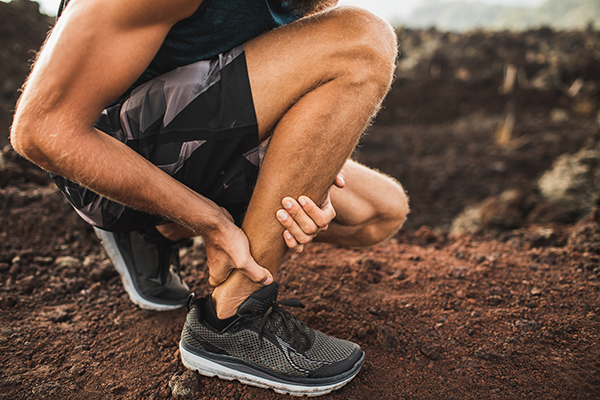
6. Achilles Tendinitis
Achilles tendinitis is a common overuse injury that affects your Achilles tendon, a large band of tissue that connects your calf muscles to your heel bone.
Your Achilles tendon is pretty strong, but it can break down if you increase your mileage too quickly, causing pain in the back of your leg near your heel.
“If the tendon doesn’t have time to recover after a long run and it continues to be stressed, the tendon goes into a degenerative-type state where new cells are not replacing the older cells,” McCoy explains.
As with other overuse injuries, the best way to help prevent Achilles tendinitis is to increase your mileage gradually.
The Mayo Clinic also notes that stretching your calf muscles before and after exercise may ease tightness in the tendon while strengthening the calf muscles can help your calf and Achilles tendon better handle the stresses of running.
